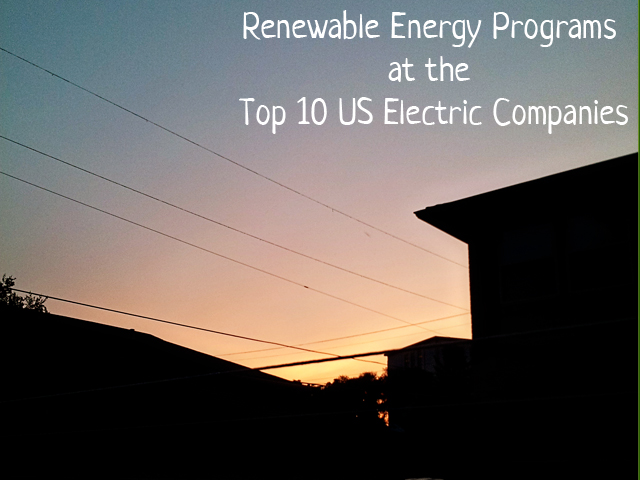What Geothermal Electricity is:
Geothermal electricity is produced by tapping into the natural heat produced below the crust of the earth and converting it into electricity.
How Geothermal Electricity is made:
Like in a coal burning power plant, a nuclear plant, or a hydroelectric plant, geothermal electricity uses moving water to turn a magnet. In this case, wells are dug deep into the earths crust. Cold water goes down one well where it is heated by the earth’s core. Hot water comes up a second well. The movement of water sinking when cold and rising when hot moves the turbine. This movement of water occurs naturally (without the magnet) in a geyser or hot springs.
How much of our current electricity is Geothermal Electricity:
Geothermal electricity generation currently makes up less than 1% of the electricity produced in the United States. However, the US produces the most geothermal electricity by MW (over 3000 MW in 2010). The fraction of our total is so small because of electricity use, population, and expansiveness of the country. On the other hand, small well-located nations such as Iceland and the Philippines produce around a quarter of their total electricity through geothermal electricity.
Potential energy supply:
Regions surrounding tectonic plate boundaries (like Iceland and the Philippines) can access Earth’s heat easily. In the US, these areas are mostly in the western states. The US Geological Survey estimates that by tapping into sites in these states up to 73000 MW could be produced per year. That’s about 7% of current electricity production.
Materials and how we get them:
A geothermal plant has wells in place of a coal plant’s furnace, but is otherwise the same. Besides drilling equipment (which is hopefully reusable), geothermal electricity doesn’t require any special materials. It also requires no fuel once it’s up and running.
Waste produced and how we deal with it:
Drilling deep into the earth can release toxic gases. Carbon dioxide, hydrogen sulfide, methane, and ammonia are greenhouse gases and contribute to rain acidifictation. Trace toxic elements such as mercury and arsenic can also be brought to the earth’s surface. These gases and elements need to be filtered out and either contained, or put back into the earth for safety.
Cost:
The majority of the capital cost comes from drilling the wells for the power plant. This depends on the depth of the well and the hardness of the rock to be drilled through. This makes geothermal energy cheaper in places like the western U.S., Iceland, and the Philippines. In the western U.S., it costs between $2-4 million per megawatt to drill and build the associated power plant.
Challenges:
The heat of the earth is steady and consistent, but can be far away from the surface. Hot spots can be reached relatively easily at the edges of tectonic plates. Elsewhere, the difficulty of drilling deeper to reach the heat is prohibitive. More complicated power (and expensive) plants can harvest the lower grade heat and turn it into electricity. As with all responsible drilling activity, the location is important. Locations for geothermal plants need to be scouted and surveyed carefully. This reduces the risk of drilling into toxic substances. Careful scouting also determines that the well can be drilled to the desired depth without damaging the equipment. Drilling into the heat also has its challenges. The temperature affects the materials – causing steel to become brittle and plastics to melt. Additionally, locations that are good for geothermal electricity are also earthquake prone. Earthquakes can destroy wells and put a geothermal plant out of commission.
…
For an introduction on sources of electricity, look here.
For an explanation of how we make electricity, look here.
Clean Coal
Nuclear Energy
Hydroelectricity
Wind Power
Oh, hey, Building Earth has a facebook page now. Keep up to date on posts and other interesting green news by liking us!




